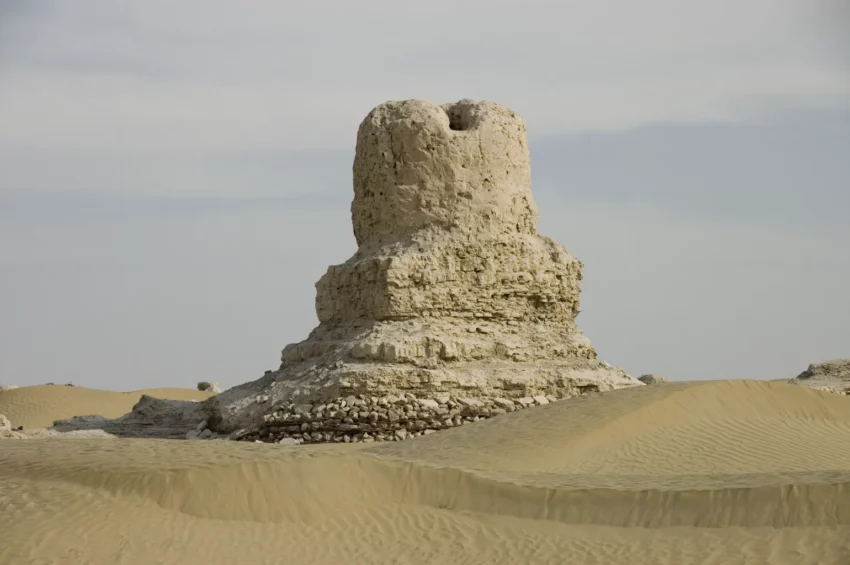Unearthing the Secrets of Endere
Endere, also known as Āndí’ěr, is an archaeological gem in Xinjiang, China. Nestled in the southern Taklamakan Desert, it was part of the southern route of the ancient Silk Road. This site may be the place called Saca, mentioned in ancient documents written in the Kharoṣṭhī script.
Get your dose of History via Email
Archaeological Excavations at Endere
In 1901, Sir Mark Aurel Stein excavated the fort of Endere. He believed it served as an important military post and a center for Buddhist worship. Located midway between Charchan and Niya, the site offered valuable insights into ancient times. Coins found at the site show that the Chinese controlled the area as early as the Han dynasty. The Tibetans took over during the Tang dynasty. However, the fort was abandoned in the ninth century when the Endere River changed its course.
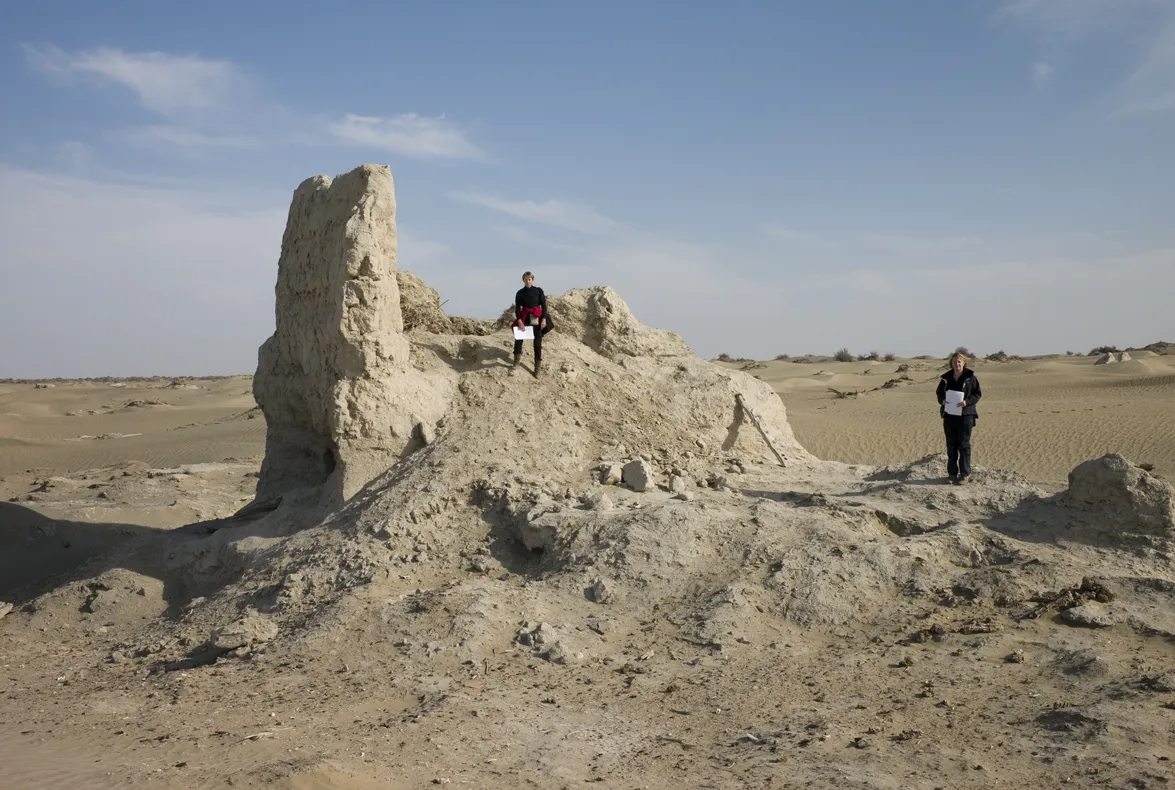
Buddhist Worship
Stein discovered several buildings devoted to Buddhist worship. One shrine was filled with textile rags and fragments of Buddhist manuscripts written in Chinese, Tibetan, and Sanskrit. These findings suggest that the site attracted worshippers from far and wide.
The Historic Significance of Endere
Endere, once called Tanglan City, is in the desert, 20 kilometers west of Endere Village in Minfeng County. The ancient city, circular in shape, had a gate facing east. The city walls were 2-3 meters thick, and the city’s diameter was about 200 meters. The city was densely built, though now in ruins. Archaeologists have found cotton bolls, wheat ears, and cotton fabrics in the city.
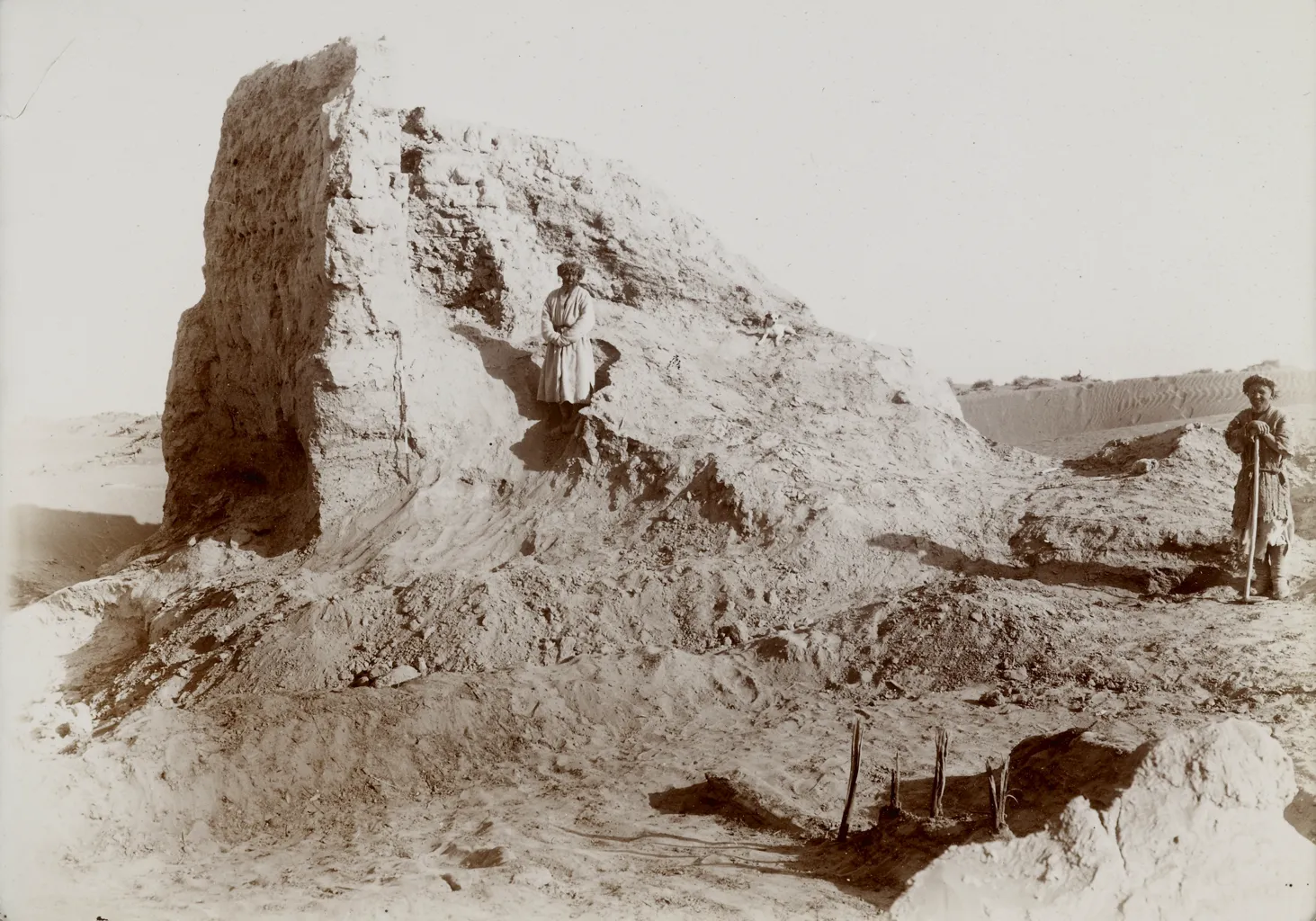
A Protected Site
Since 2001, the site has been protected as a major historical and cultural site in China. It holds catalog number 5-137 2, ensuring its preservation for future generations.
Connections to the Silk Road
Endere was an important military and Buddhist center. Evidence shows Chinese control since the Han dynasty, with the Tibetan Empire taking over during the Tang dynasty. Stein found a small Buddhist temple with an inscription recording a Tang Dynasty official’s visit in 719 AD. Combined with Tibetan Buddhist scriptures, this indicates Tang Dynasty control early on, which gradually shifted to the Tibetans.
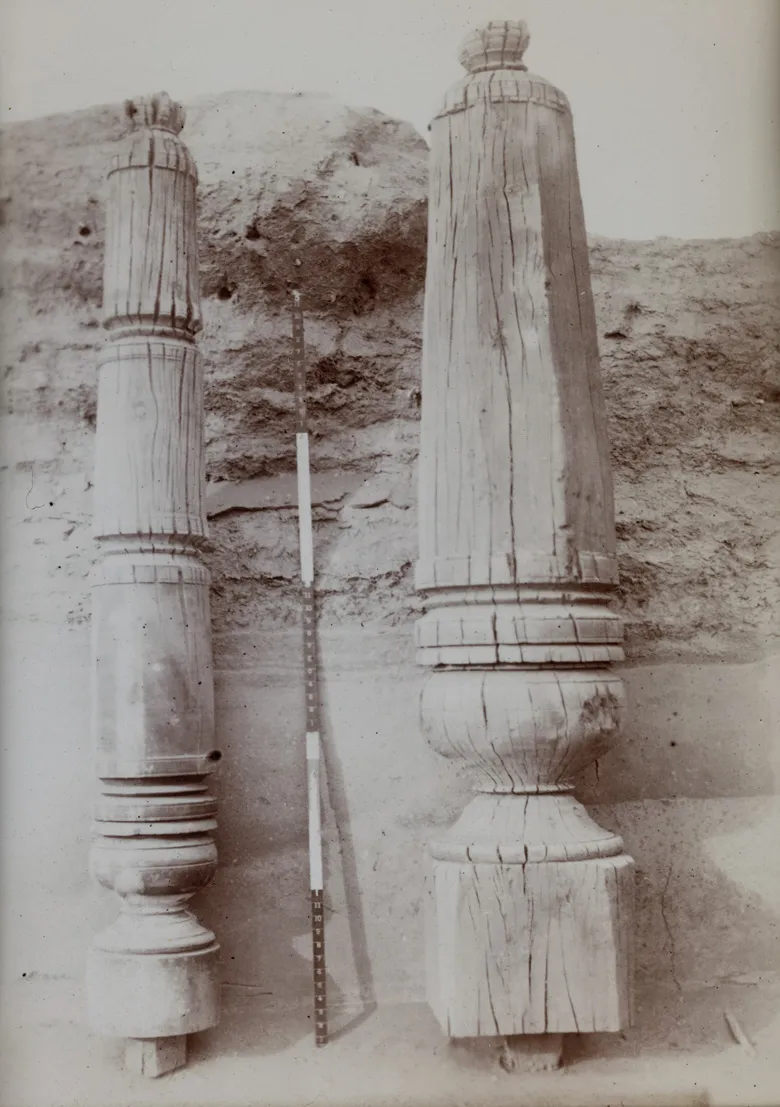
Artifacts and Findings
Stein’s excavations uncovered niches filled with textiles and fragments of Buddhist scriptures in Chinese, Tibetan, and Sanskrit. These findings highlight the site’s importance as a religious center attracting believers from afar.
Inscriptions and Tablets
While cleaning a small Buddhist temple, Stein found an inscription on a stone tablet. It recorded a visit by a Tang Dynasty official in 719 AD. This, along with the Tibetan Buddhist scriptures, led Stein to believe the site was initially under Tang control but later occupied by the Tibetan Empire. Eventually, the fortress was abandoned when the river dried up and turned into sand dunes.
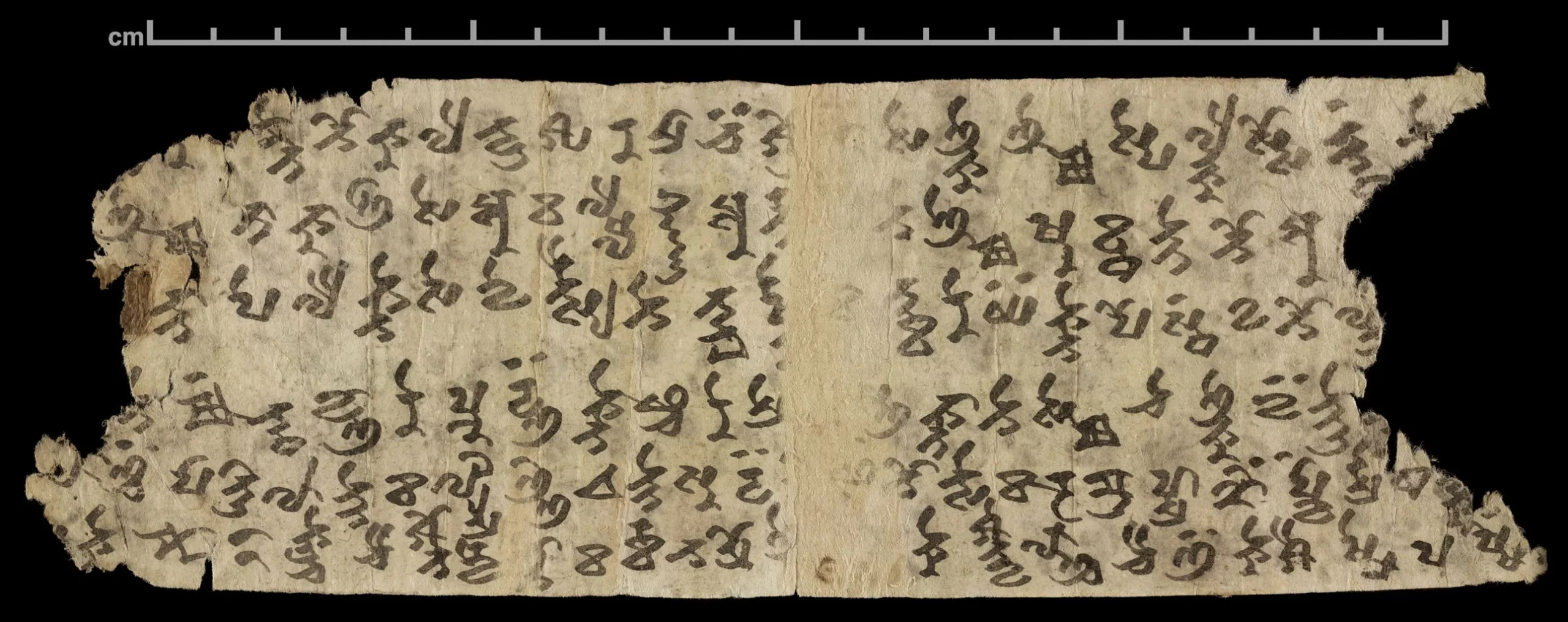
Endere remains a fascinating archaeological site. Its discoveries offer a glimpse into the rich tapestry of history, culture, and religion along the ancient Silk Road.
Sources:


